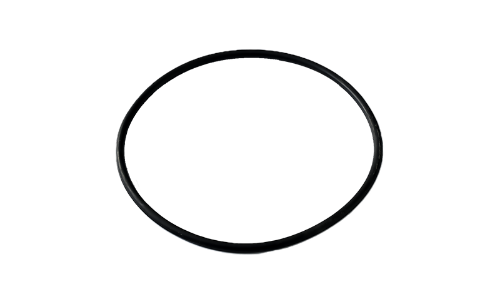Rubber Seal: Trends, Technologies, and Industrial Applications
Introduction
Rubber Seal plays a crucial role in creating airtight and watertight barriers across countless mechanical and structural systems. It prevents leakage, dampens vibration, and resists environmental damage, ensuring that machines and buildings maintain stable and efficient performance. From heavy machinery to consumer appliances, rubber seals have become indispensable in achieving reliability and precision in modern manufacturing and daily life. Their flexibility and resilience enable them to perform consistently in high-pressure, high-temperature, or chemically challenging environments.
Rubber Seal — Major Industrial Applications
Rubber seals are essential across a wide range of industries. In the automotive sector, they appear in engines, fuel systems, windows, and doors, ensuring that vehicles remain safe, quiet, and resistant to dust or moisture. In mechanical engineering, they maintain fluid integrity in hydraulic and pneumatic systems, supporting the performance of pumps, compressors, and valves. The construction industry depends on rubber seals for windows, curtain walls, and expansion joints, reducing sound transmission and preventing air or water leakage in buildings. In electronics and appliances, rubber sealing components shield delicate circuits from moisture and temperature fluctuations, ensuring stability and longer service life. Their adaptability extends even to marine and aerospace sectors, where reliability under conditions is vital for safety and performance.

Rubber Seal — Technical Features and Material Innovations
Modern rubber seals combine advanced materials and precise engineering. Common options such as EPDM, nitrile (NBR), silicone, and fluorocarbon (FKM) each deliver distinct advantages. EPDM resists ozone and sunlight, making it ideal for outdoor applications. Nitrile rubber provides oil resistance for automotive and industrial uses. Silicone remains flexible at both high and low temperatures, while fluorocarbon offers chemical stability. Recent innovations focus on composite and eco-friendly materials that maintain high performance while reducing environmental impact. Engineers are also exploring new formulations that improve compression recovery, anti-aging capability, and heat resistance. These improvements allow rubber seals to function under better and diverse operating conditions.
Rubber Seal — Design, Installation, and Maintenance Insights
The efficiency of a rubber seal depends not only on material quality but also on design and application. Proper groove dimensions, compression ratios, and surface finishes are essential for achieving a tight seal. During installation, ensuring even pressure and correct alignment helps prevent deformation or leakage. Regular inspection is equally important—detecting early signs of hardening, swelling, or cracking can prevent system failures. Cleaning debris and replacing aged seals at appropriate intervals maintain operational stability and reduce costly downtime. Industrial users often incorporate inspection schedules into preventive maintenance systems to ensure continuous reliability.
Rubber Seal — Future Prospects
The future of rubber sealing technology lies in precision and sustainability. Advanced simulation tools now help engineers predict sealing behavior under real-world stress conditions,make better design optimization. Research into hybrid materials—combining synthetic and natural rubber—promises to improve flexibility, temperature tolerance, and chemical stability while minimizing waste. Integration into smart factories is also growing, where sensors and data analytics monitor seal performance to reduce maintenance costs and increase reliability. These developments indicate that rubber seals will continue to play a central role in modern engineering solutions.
Conclusion
In conclusion, Rubber Seal remains a fundamental element in industrial systems, ensuring protection, reliability, and operational efficiency across sectors.
NEXT:Tire Chain Dobby Tensioner: Essential Winter Upgrade?
Related Products
-
 View More
View More
Industrial Flat Nature Tarp EPDM Rubber Strap with Hooks
-
 View More
View More
100% EPDM 9"/10"/15"/21"/31"/41" Rubber Tie Down Tarp Straps with S Hook
-
 View More
View More
7-wire hook light truck tire chain dobby tensioner
-
 View More
View More
Blue multi- arm tighteners for light truck tire chain with 6 wire hook
-
 View More
View More
JB-21 Rubber Foot Pad, Cargo Bar Pad
-
 View More
View More
Plastic/Rubber Bundled Cargo Stepping Board


